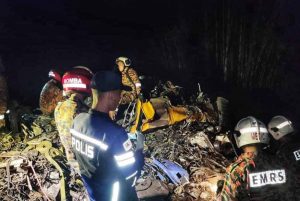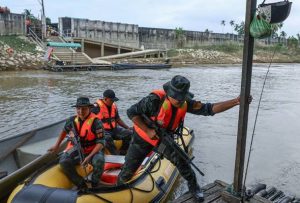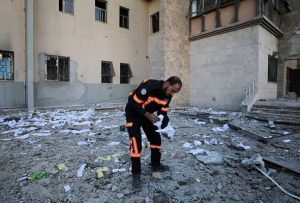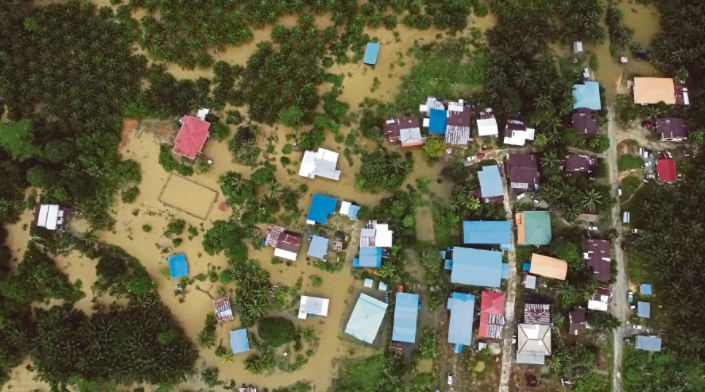
KUANTAN – A computerised flood simulation model will help the government plan a more structured disaster mitigation plan. It will help cushion the impact of floods.
Association of Water and Energy Research Malaysia president S. Piarapakaran said, the government should identified a holistic approach to tackle the disaster instead of describing floods as an “annual affair” in certain places.
“Gather as much data as possible from different organisations, including the Department of Irrigation and Drainage, and put them into the simulation model.
“Based on the outcome, the authorities can decide on suitable mitigation plans. Simulation models have to be based on concrete data, which will ensure higher accuracy.
“State governments, local authorities and related agencies can know how to work and cooperate together and assist during floods based on the simulation.
“The government has to identify long-term solutions. We probably not be able to end the floods, but at least we can look into ways to reduce the impact.”
He said, the simulation would be vital in determining the need to introduce changes, including new pipelines to avoid water disruption in case of floods, or relocating underground cables deeper into the ground as part of flood mitigation efforts.
Piarapakaran said, simulation models would allow early preparations and nobody would be caught off guard in case of unexpected floods happen again.

“We can forecast and determine how bad things are going to be based on advanced technology and supercomputers.
Referring to the recent water surge phenomenon in Bentong, Pahang, he said, “on logging, the authorities can use drones to survey the forest areas and input the data into the simulation model.”
He said, efforts to tackle floods would depend on the location, landscape and severity (high-risk areas).
“The situations in Selangor and Pahang are different. Selangor is heavily populated. So when floods hit, there will be major infrastructure damage or losses. When buildings get submerged because of floods for days or are hit by swift water pressure, it will raising safety issues and triggering cracks on walls.

“Pahang has a lot of plantations with the focus largely on agriculture, and the main issues could be related to drainage.
“Housing settlements have retention ponds, but areas opened up for agriculture do not have such retention ponds.
“So, where will runoff water flow during a downpour?”
Environmentalist Ali Akbar said, a post-mortem should be done to identify weaknesses and implement improvements.
He said, the lack of proper coordination appeared to be the major letdown during the floods, and the authorities should adress that.
“Many will get back to their normal routines when the floodwaters recede. However, the authorities, the coordination and planning to face disasters must never stop.”

He said the authorities still “appeared to be in the dark during crucial times, despite the numerous meetings and discussions”.
He said bureaucracy remained an issue, citing a group of residents who were denied entry into a school-turned-temporary evacuation centre (PPS) after their homes were flooded on Dec 18.
He said police had to contact the Welfare Department to obtain approval.
He said, once allowed in, the victims, however, realised the PPS was not equipped with flood aid such as tents and blankets.
“There seems to be much organization involved during time of disaster.
“The Village Development and Security Committee was informed that the school will serve as a PPS for the residents in the area, but the lack of coordination had resulted in setbacks.
“All the PPS, flood aid and mitigation efforts have to be on standby during floods, especially when the Meteorological Department issues inclement weather warnings but sadly, that was not the case here.”
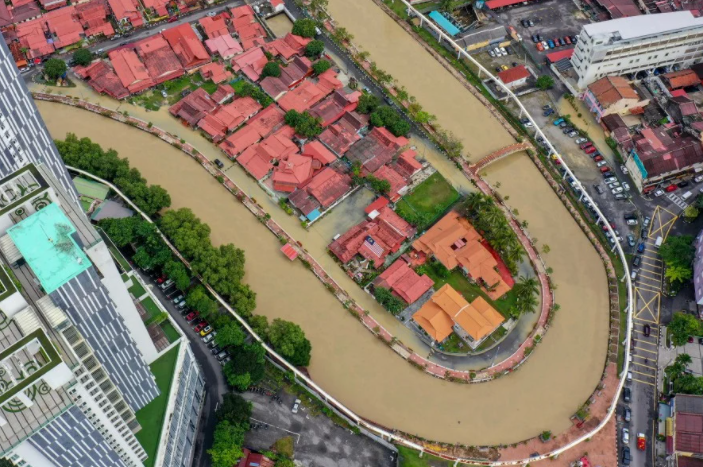
Ali said the Special Malaysia Disaster Assistance and Rescue Team (SMART) should have been sent quickly to the water column incident spots, namely Kampung Seri Telemong and Bobby Eco Camp resort, both in Bentong, on Dec 18.
“The SMART team should have been the first responder send to the two locations as their expertise and assets might have been able to save lives.
“It was reported that firemen had gone to Kampung Seri Telemong, but they could not carry out rescue work as the roads were cut off by the floods.
“The relevant agencies were involved in several flood simulation exercises and they should know how to tackle such situations.
He said, “we must ensure such incidents do not repeat as they might involve the loss of lives.”
Source: Nuradzimmah Daim, T.N. Alagesh (NST.COM.MY)



